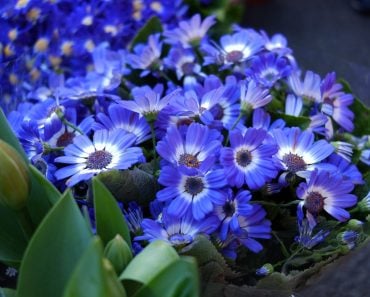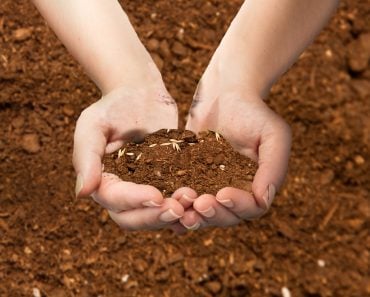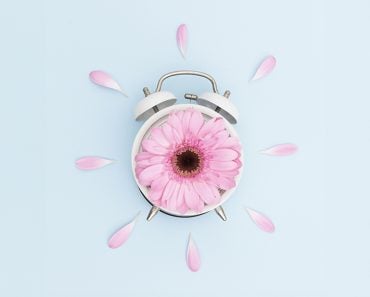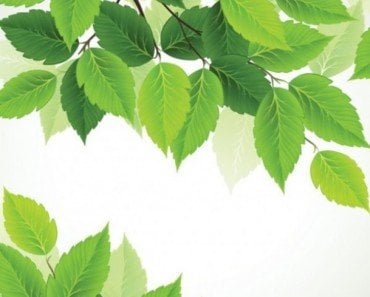Table of Contents (click to expand)
Hydrangea blooms are like nature’s litmus paper. They change their color in the presence of acidic or alkaline soil, as well as in the presence of aluminum ions. Gardeners use this knowledge to change the color of their hydrangea blooms based on personal or market preferences.
Hydrangeas normally come with red or blue blooms, but can also be found in all the shades in between. The large and showy spherical blooms have a unique property—they can read and react to the soil pH.
There are other species of hydrangea, but the color-changing trait is unique to Hydrangea macrophylla.
Gardeners and landscapers use this knowledge to add chemicals, and even some homemade recipes, to the soil in order to change the color based on their preference.
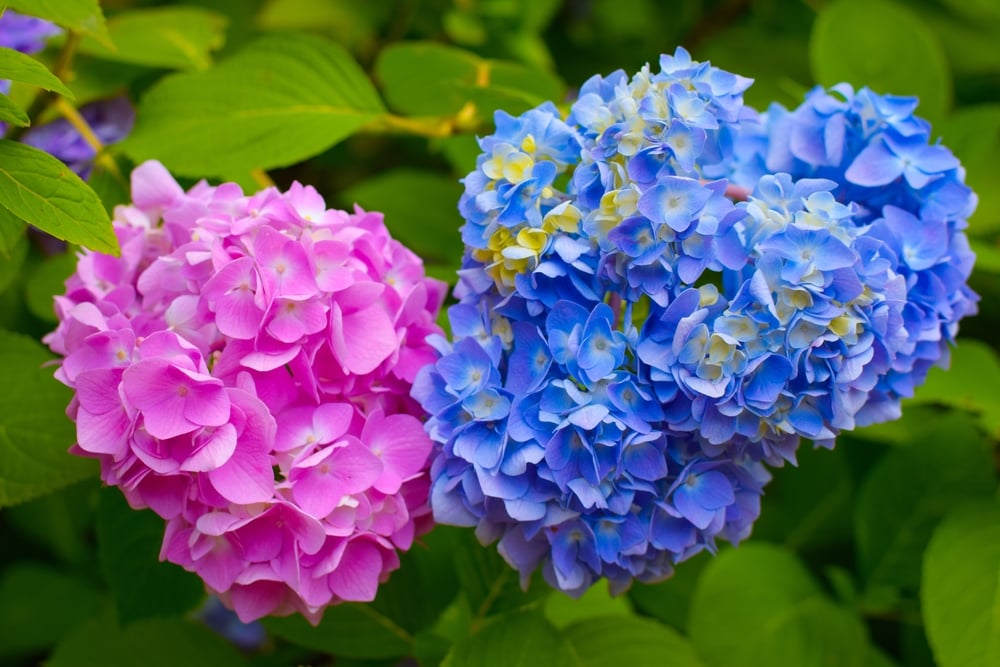
Hydrangea macrophylla (family Hydrangeaceae) is a flowering shrub native to Japan. These plants are extensively used for landscaping and in home gardens. Although hydrangeas are known for their large colorful blooms, these are not the real flowers. They are actually colorful modified leaves called sepals, whereas the true flowers are small and inconspicuous.
Recommended Video for you:
What Causes This Color Change?
Hydrangea flowers act like litmus paper, which turns red in the presence of acids and blue in the presence of bases. Similarly, the sepals of hydrangeas also change color depending on the pH of the soil.
When the pH is acidic (pH < 7), the flowers turn blue, whereas when the pH is alkaline (pH > 7), the flowers turn red.
The key ingredient here is aluminum ions. The soil pH helps the aluminum ions move throughout the soil, and it is these ions that are responsible for the change in bloom color.
Even the same plant can have different color flowers if the roots are spread out across soil with varying pH.
The Key Ingredient Here Is Aluminum Ions
Aluminum forms about 8% of the Earth’s crust and is a major component of inorganic soil particles. However, simply having aluminum in the soil is not enough. The soil must also be acidic enough for the plant to be able to absorb the aluminum ions.

Soil can be naturally acidic due to leaching of the top soil, along with rain water, the presence of decaying organic matter, or due to the nitrification of ammonium from excess fertilizer.
When aluminum ions are present in acidic soil, they can move around more freely. Notably, hydrangea roots also exude citric acid. The aluminum ions move toward the roots and form a complex with citrate ions that is then absorbed into the plant. This citrate-aluminum complex eventually reaches the sepals, where they react with the pigments and turn them blue.
Thus, in order for the flowers to be blue, we need to have aluminum ions in the soil and we need the soil to be acidic. The soil pH facilitates movement of the aluminum ions, but it is these ions that actually bring about the color change.
If the soil is not acidic, or if enough aluminum is not present, adding aluminum sulphate to the soil can turn the flowers blue because it adds aluminum ions and turns the soil acidic. However, excess aluminum ions can kill the plant.
When these same aluminum ions are present in neutral to basic soil (soil may be alkaline due to the presence of certain minerals, such as calcium and magnesium), they combine with hydroxide ions to form aluminum hydroxide, which cannot move around. This means that the plant won’t be able to absorb aluminum, so the sepals retain their reddish color.
Adding calcium hydroxide to the soil can change the color of blooms to reddish pink, as calcium hydroxide adds hydroxide ions, which bind with the aluminum.
This color change effect, however, is not instant. It takes 1-2 growing seasons to observe the change in color.

Gardeners add chemicals to the soil to manipulate the pH. For example, home gardeners use various homemade recipes to manipulate the pH, including “pouring vinegar or lemon juice on the soil; mulching the plant with coffee grounds, citrus fruit rinds, or pine tree needles; or burying rusty nails, old tin cans, or copper pennies next to the bush”.
Spraying the blooms with a solution of aluminum ions in buffered citrate can also change their color.
What’s Behind This Color Change?
The plant pigment that gives hydrangea blooms their red color is an anthocyanin called delphinidin-3-glucoside. Aluminum ions attach to this pigment and change its color to blue. The exact biochemical mechanism by which the color change occurs is still a subject of research.
Higher amounts of delphinidin-3-glucoside in the sepals, along with higher amounts of aluminum ions, results in a more intense blue color. Sepals can have up to 700 micrograms of delphinidin-3- glucoside per gram of fresh sepal. There are also other co-pigments present in the sepals that result in a range of colors, from blue to purple to red.
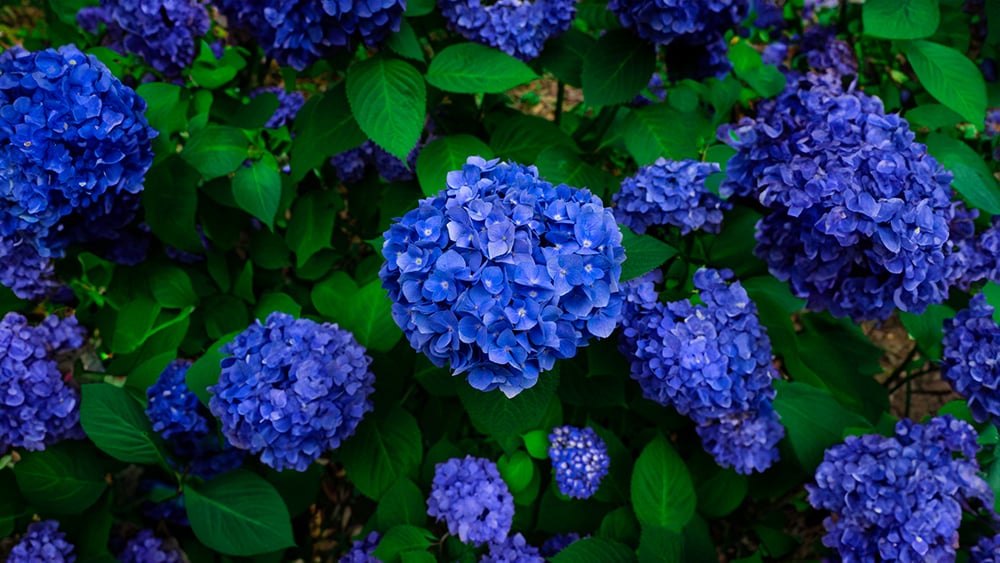
Conclusion
Hydrangea blooms are like nature’s litmus paper. They change their color in the presence of acidic or alkaline soil, in combination with the presence of aluminum ions. Gardeners use this knowledge to change the color of their hydrangea blooms based on their preference, or the demands of the local flower markets!
References (click to expand)
- Schreiber, H. (2014). Curious Chemistry Guides Hydrangea Colors. American Scientist. Sigma Xi.
- YOSHIDA, K., OYAMA, K.-. ichi ., & KONDO, T. (2021, February 10). Insight into chemical mechanisms of sepal color development and variation in hydrangea. Proceedings of the Japan Academy, Series B. Japan Academy.
- Schreiber, H. D., Jones, A. H., Lariviere, C. M., Mayhew, K. M., & Cain, J. B. (2011, May 17). Role of aluminum in red-to-blue color changes in Hydrangea macrophylla sepals. BioMetals. Springer Science and Business Media LLC.
- How to Change Hydrangea Color - Wayne County Center.



